Absent any questions this month, I will give a brief update on the projects I am working on. The MGB project is progressing nicely. The front suspension has been rebuilt. All the metal parts have been wire brushed, cleaned and painted. The cast parts were painted with a coat of “cast blast” lacquer to replicate the look of clean cast iron. The steel pieces (brake dust shield, lower A arm and all hardware) were painted with POR black paint. This will provide a durable and long lasting paint protection.
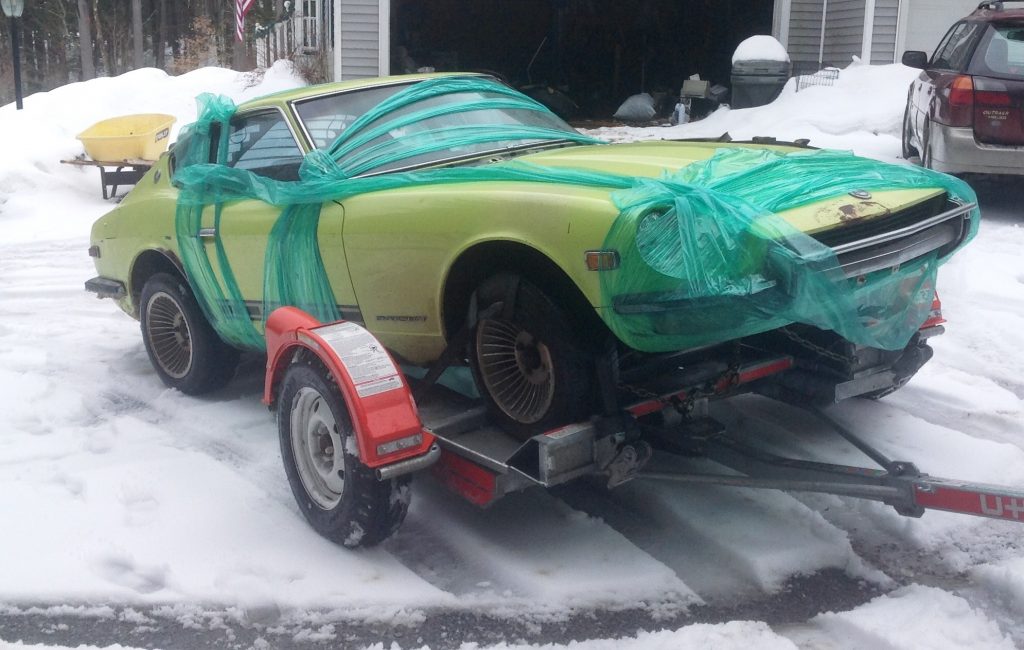
The entire brake system has been overhauled. Many metal lines were replaced with Nickle-Copper lines, affording an opportunity to learn how to shape hard lines and how to create bubble and double bubble flares. All the rubber hoses were replaced. The calipers and master cylinders were rebuilt, and the shoes, pads and rear wheel cylinders were replaced. Brakes were adjusted and the wheel bearings were repacked with new grease seals.
The generator, distributor and carburetor were rebuilt. Last week the car was started, the first time it has run in 30 years. We let a mixture of ATF and Acetone soak in the cylinders for some time before we changed the oil. The engine turned over easily. The engine started right up, however, some of the valves were sticking. We let it run for about 20 minutes, then slowly poured seafoam into the carburetors. This week we will set the ignition timing, and adjust the carbs and the valves. We will also set the front wheel toe-in alignment using two parallel strings strung through the axle center line and a dial caliper. We will move on to the rocker panels and the floor pan replacement.
I have another project in the garage, my son bought a 1972 Datsun 240Z. This car has rust in the usual places. It is getting new rocker panels, floor pans and rear quarter panels. Fortunately, the car came with all the body panels. This car will be a father/son restoration project. The car is solid enough, but will probably end up being a full ground up rotisserie restoration.
The driver’s side floor and rocker panel have been replaced. Most of the rust repair on the left side has been completed. After the rear quarter panel is done we will test fit the front fender and the door, adjust all the gaps, then move on to the right side. Once all the welding is complete, the engine, transmission, front and rear sub frames, the front and rear suspensions and the rest of the interior, will be removed. The car will go on the rotisserie for all the body work and final painting. Stay tuned…










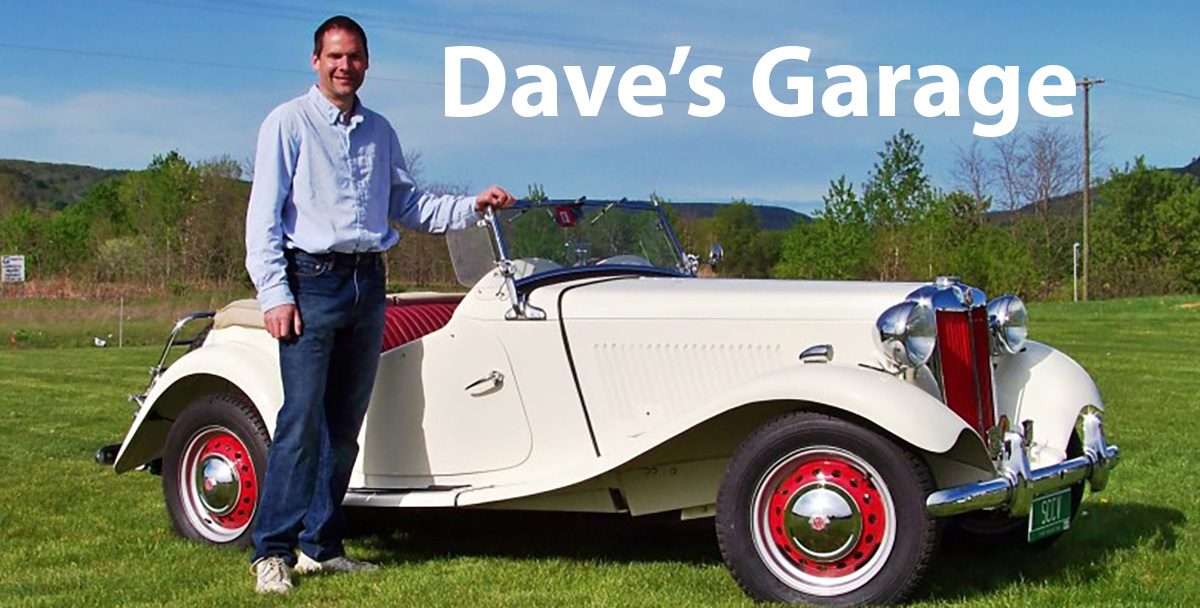

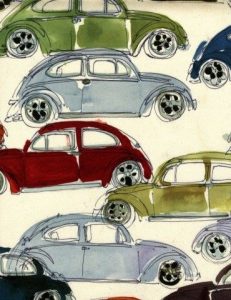

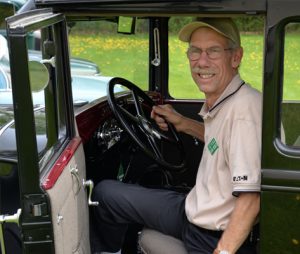
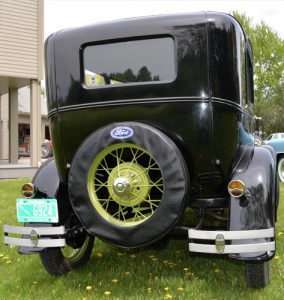
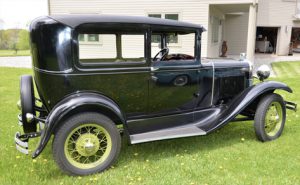
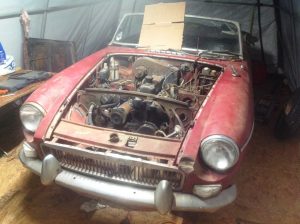
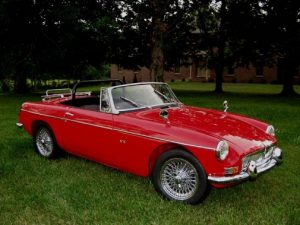
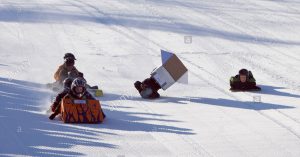
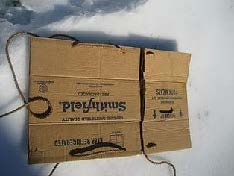
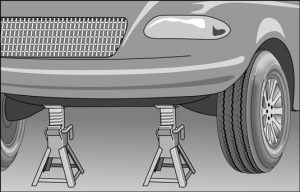



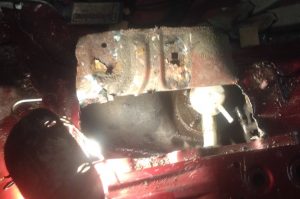
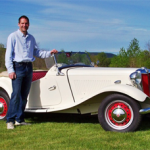 Please email all inquiries to:
Please email all inquiries to: 